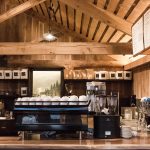
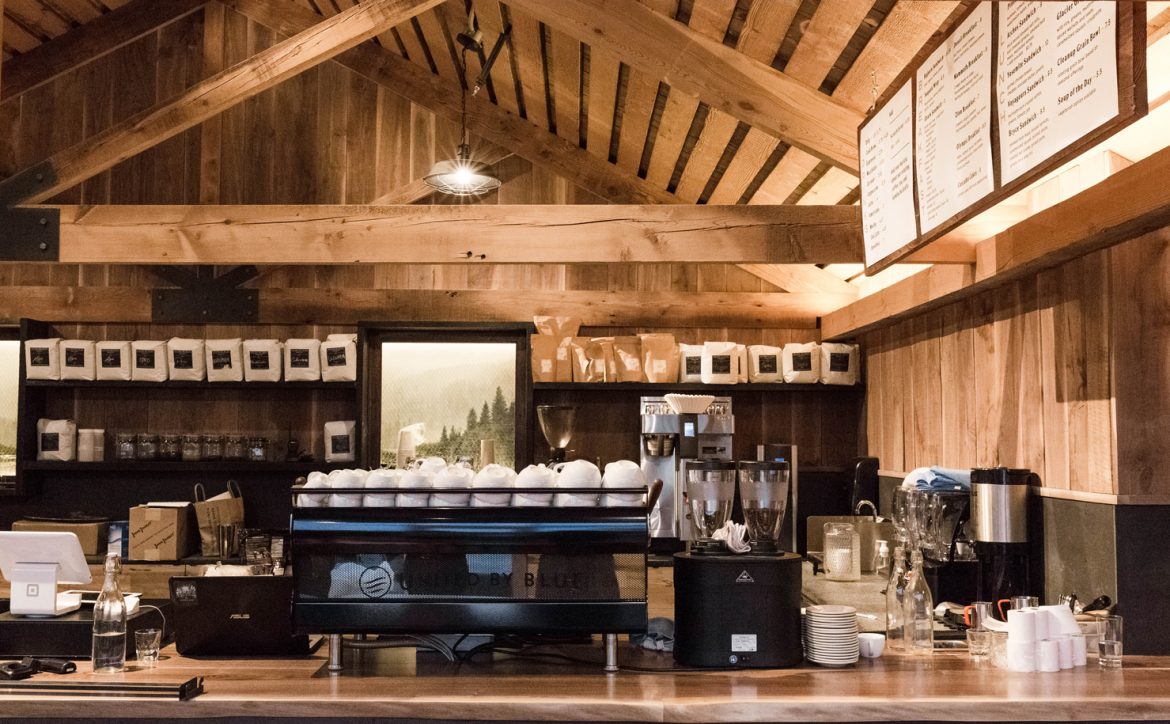
I had just given notice at my day job when United By Blue, a Philly-based eco-clothier, invited me to a preview of their new flagship store in Philly’s Old City neighborhood. With just three weeks left of financial security, I had no real plan for my next move, and the opportunity to see an ambitious 3,300-square-foot concept clothing store/cafe come alive during soft opening seemed a good place to find myself. They sold me on an adventure. They’d bus me from New York to Philly and put me up for the night. There would be drinks and food in the evening on Thursday, when they’d tell me all about their ocean conservation initiatives. Most tantalizing was the promise of a campfire-inspired breakfast on Friday morning.
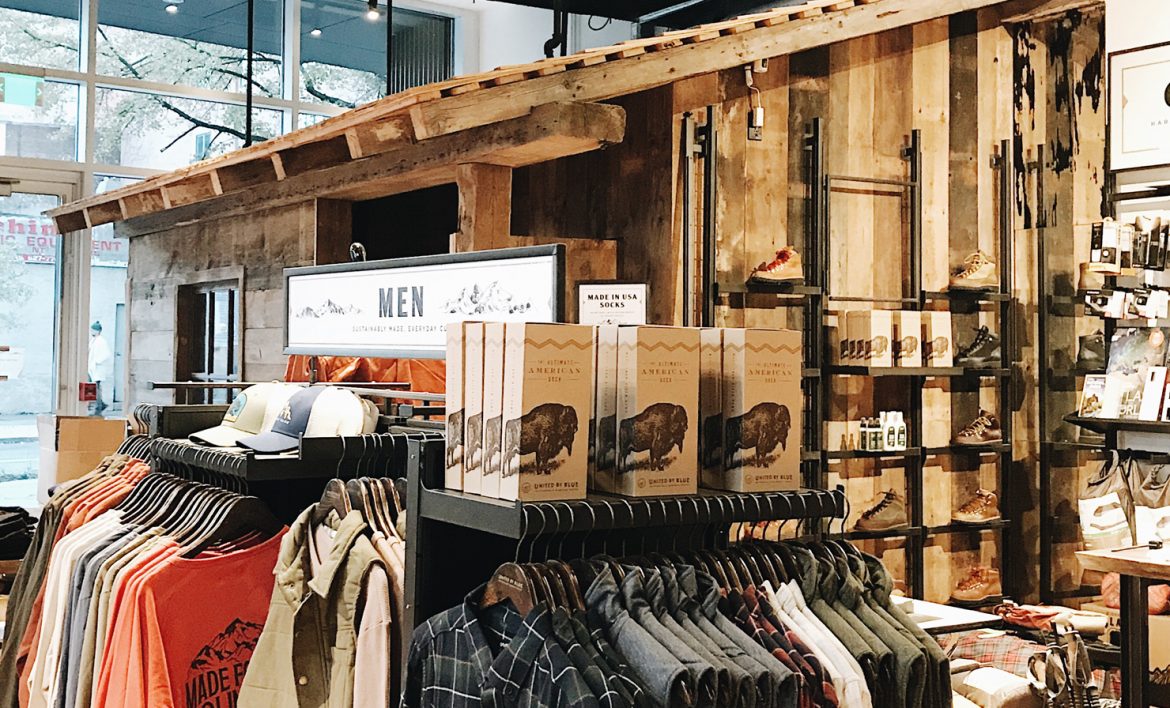
I filled in the rest of the blanks. When I arrived, I would find strangers who would immediately seem like lifelong friends. We would swaddle each other in flannel and share our dreams of roaming a greener urban jungle while outfitted in sustainable clothing. After telling ghost stories over evening coffee, we’d mummify ourselves in sleeping bags and wake up the next morning for our “campfire-inspired breakfast.” There’d be a fire pit. An actual fire pit inside this store that would somehow not violate the fire code. Over locally sourced eggs and bacon, we’d make a plan to save the ocean and then we’d all do ayahuasca and throw up the fears that we brought into the store the previous evening. There was no way I was leaving this clothing store without certainty about my life’s path.
On the bus ride down, I received word that the “campfire-inspired breakfast” had been cancelled due to unexpected problems getting the kitchen ready. Ever optimistic in spite of the extinguishing of my Friday morning enlightenment, I put all my hopes on becoming one eco-savior entity with the other attendees of the Thursday event. I checked into my hotel, which I figured was a contingency for those not dedicated enough to the cause to get into those sleeping bags at the end of the night, and walked a few blocks over to the site where I would shed the skin of my previous life and emerge eco-conscious and lighter than air.
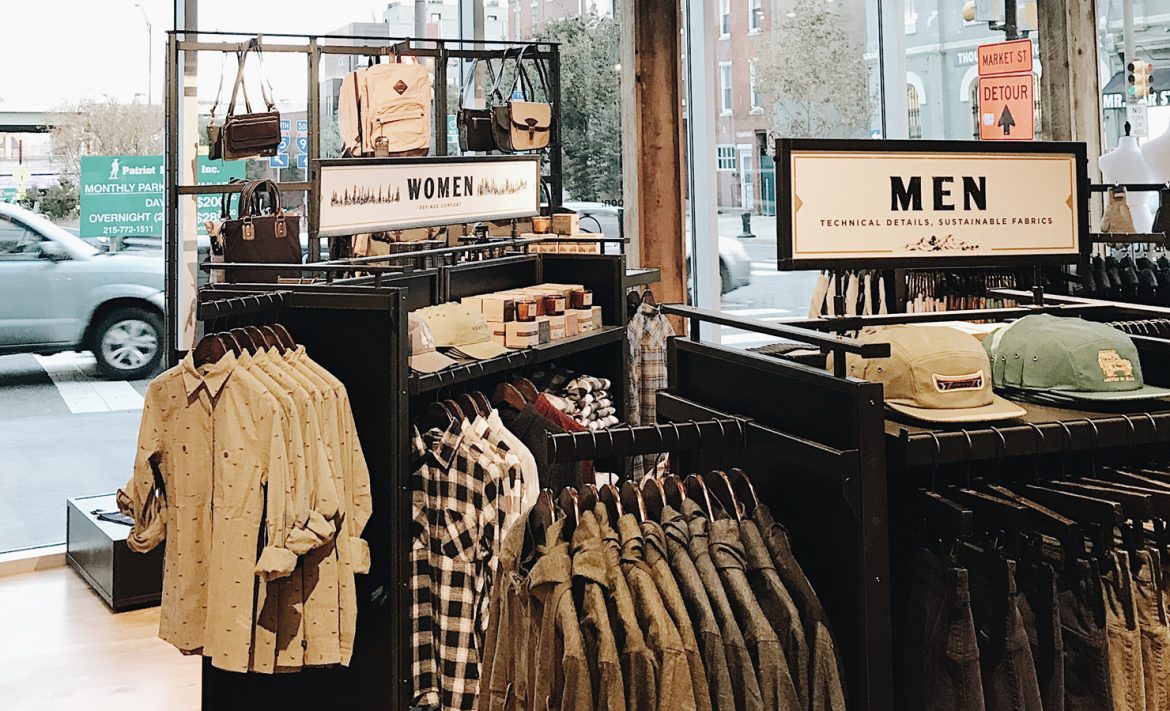
When I stepped inside to find my new friends, I discovered only polite strangers. They were warm, for sure, but not ready to bump chests with me and intertwine our hearts in a shared mission. The store had attractive displays of flannel shirts, tents, and industrial coolers that would survive the apocalypse. I also counted no fewer than six campfire-safe enamel coffee mugs sprinkled throughout with messages telling me to take a road trip and leave the world better. One told me “The Mountains Are Calling,” and, surrounded by reclaimed wood and many pairs of soft looking, but durable hemp socks, I believed the cup. I had to.
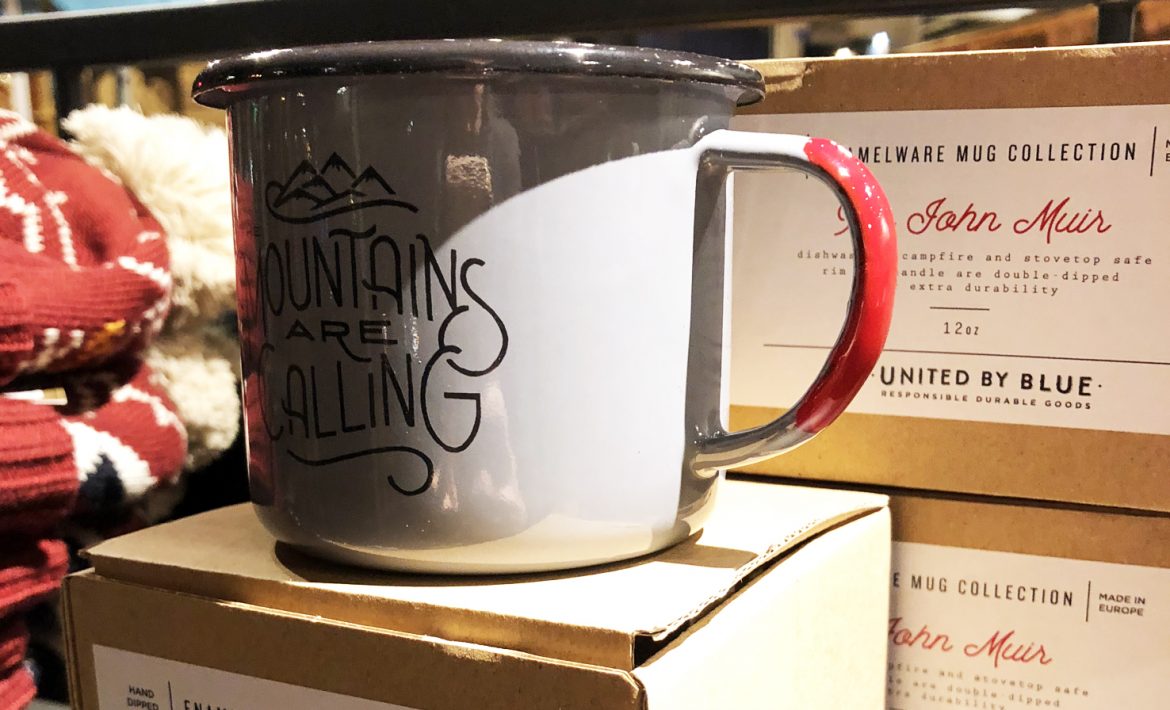
There were no psychedelics present, but there was whiskey, and maybe if I drank enough and ate enough of the pulled pork and catfish sliders going around, I’d get to where I wanted to be emotionally and spiritually. While I was trying to find myself, I found Lisa Brayda, the manager of the store’s coffee shop, the occasion for my dispatch from points north, located just feet away from the flannel. She made me a lovely shot of ReAnimator’s Keystone Blend from a Synesso Hydra, and told me about her hopes for the shop’s coffee program. She extolled the virtues of a well-executed FETCO drip coffee while expressing a desire to build a solid brew-by-cup offering. She was most excited about seeing people drink coffee at the communal table that sat directly in front of the coffee bar. Here was a coffee nerd who wanted to be accessible to any outdoorsperson who wandered over for that “campfire-inspired breakfast” I would never have.
I liked Lisa. She stood before me knowing what she wanted out of life and her career for the time being and didn’t need my imagined kumbaya soul awakening to reach her conclusions. She’d teach people how to serve coffee, foster a sense of community, and occasionally ring up a $300 Yeti cooler. Other team members from United By Blue put forth polished messaging about their commitment to picking up a pound of trash for every product sold across the nation. Their mission was clear, so how come mine wasn’t?
With some sliders, whiskey, and coffee swirling around my yet undiscovered spirit, I moved to go find an actual meal somewhere out in the world and was directed to pick up a swag bag on the way out. I checked the bag’s contents just outside and discovered those impossibly soft hemp socks and the mug that told me, “The Mountains Are Calling.” Was this mug telling me that my journey wasn’t over, but just beginning? I pulled out my brand new unsustainably produced iPhone X, held it up close to me, and said, “Hey, Siri, find me a fire pit.”
Eric J. Grimm (@ericjgrimm) writes about pop culture and coffee for Sprudge Media Network, and lives in Manhattan. Read more Eric J. Grimm on Sprudge.
Photographs courtesy of United by Blue.
The post Eco-Clothing And Coffee At The United By Blue Flagship In Philadelphia appeared first on Sprudge.
from RSSMix.com Mix ID 8200593 http://sprudge.com/united-by-blue-philly-128106.html
 Used coffee capsules.
Used coffee capsules. A variety of different coffee capsules.
A variety of different coffee capsules. Redemption Roasters specialty coffee pods, which include blends and single origins. Credit:
Redemption Roasters specialty coffee pods, which include blends and single origins. Credit: 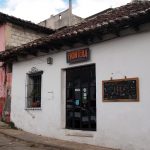
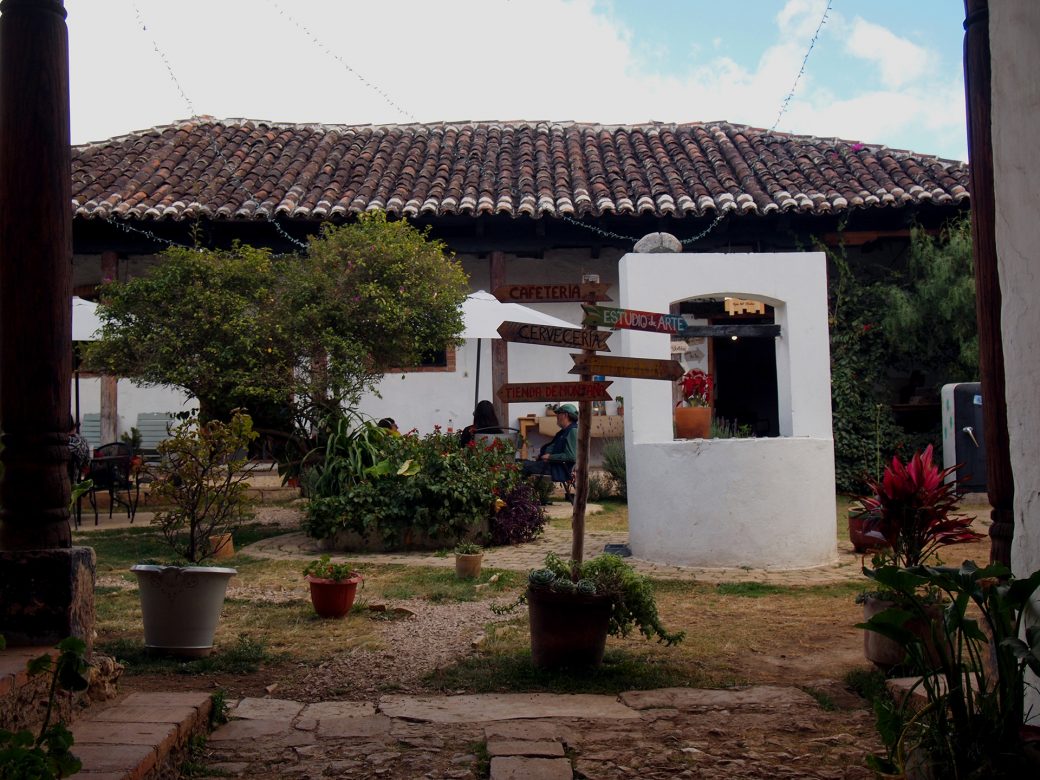
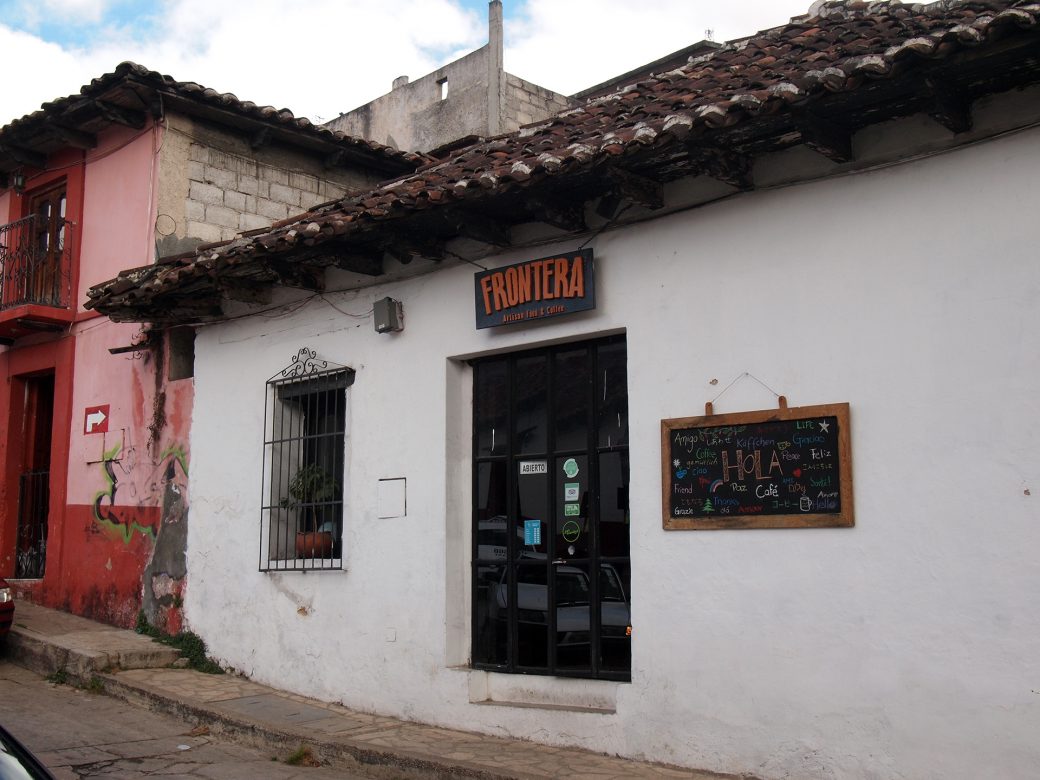
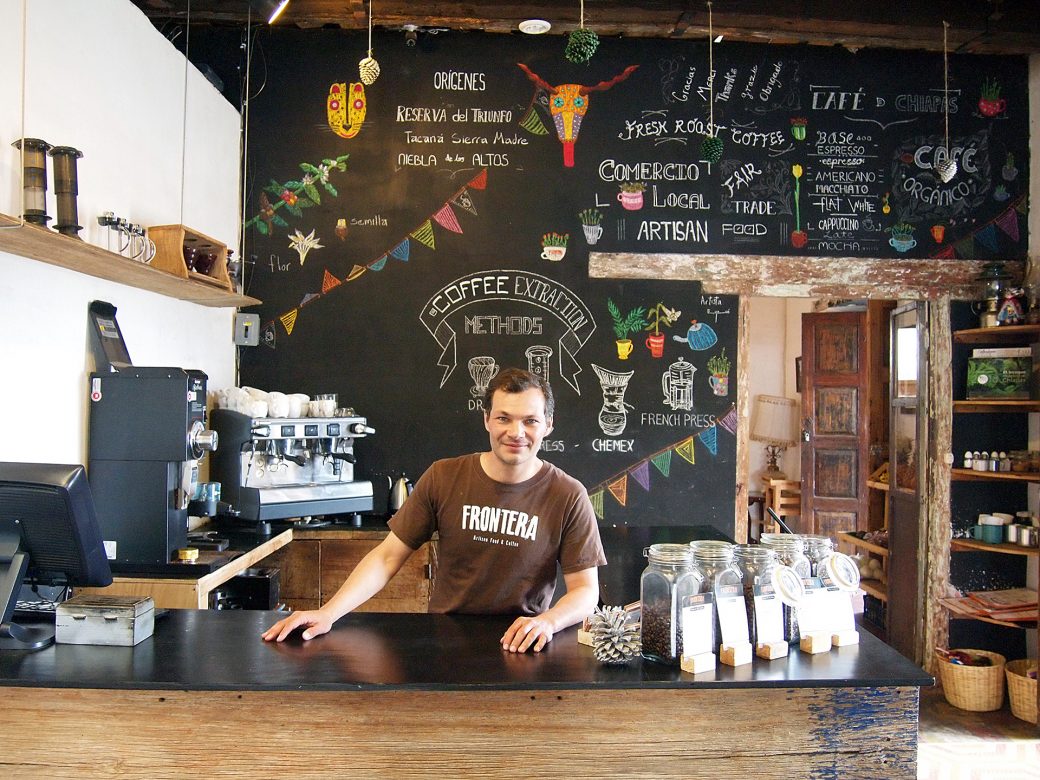
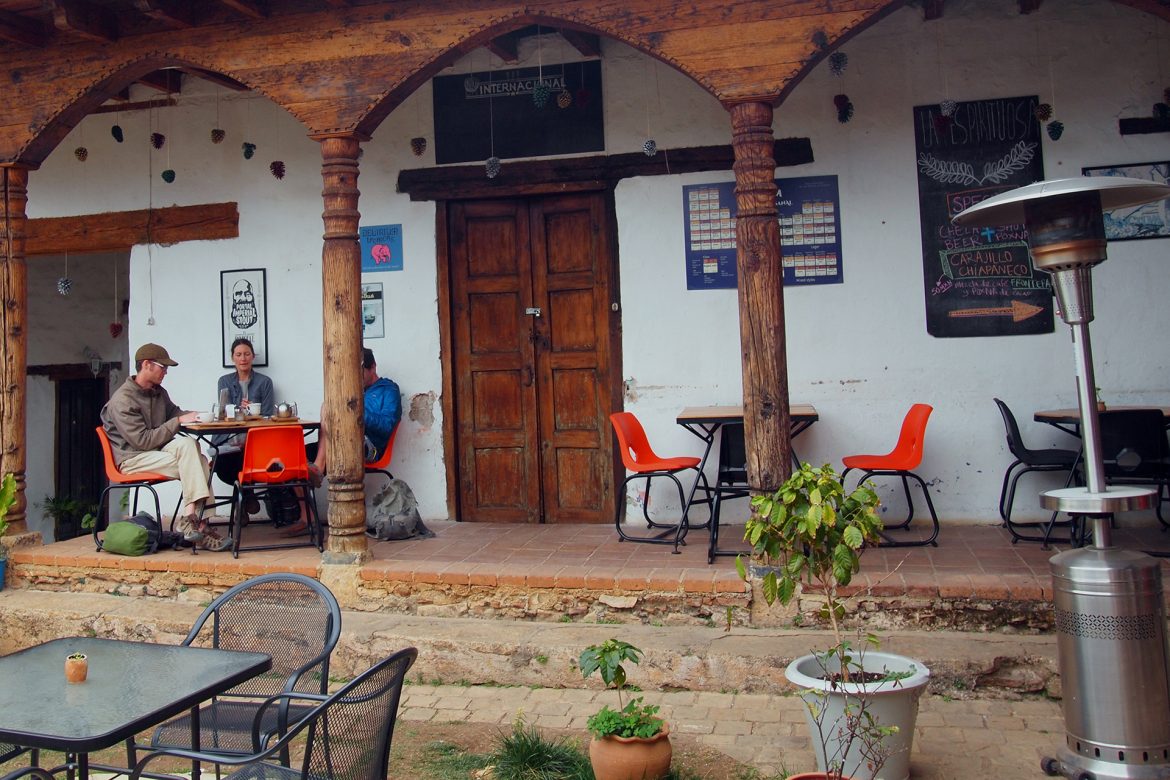
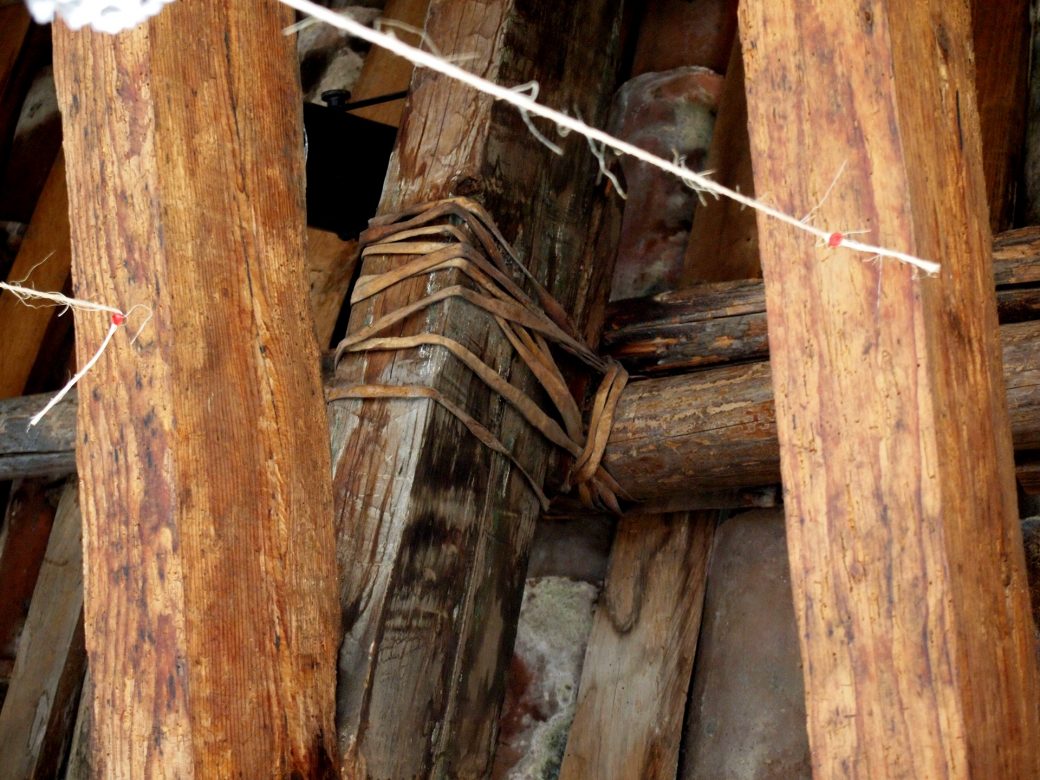
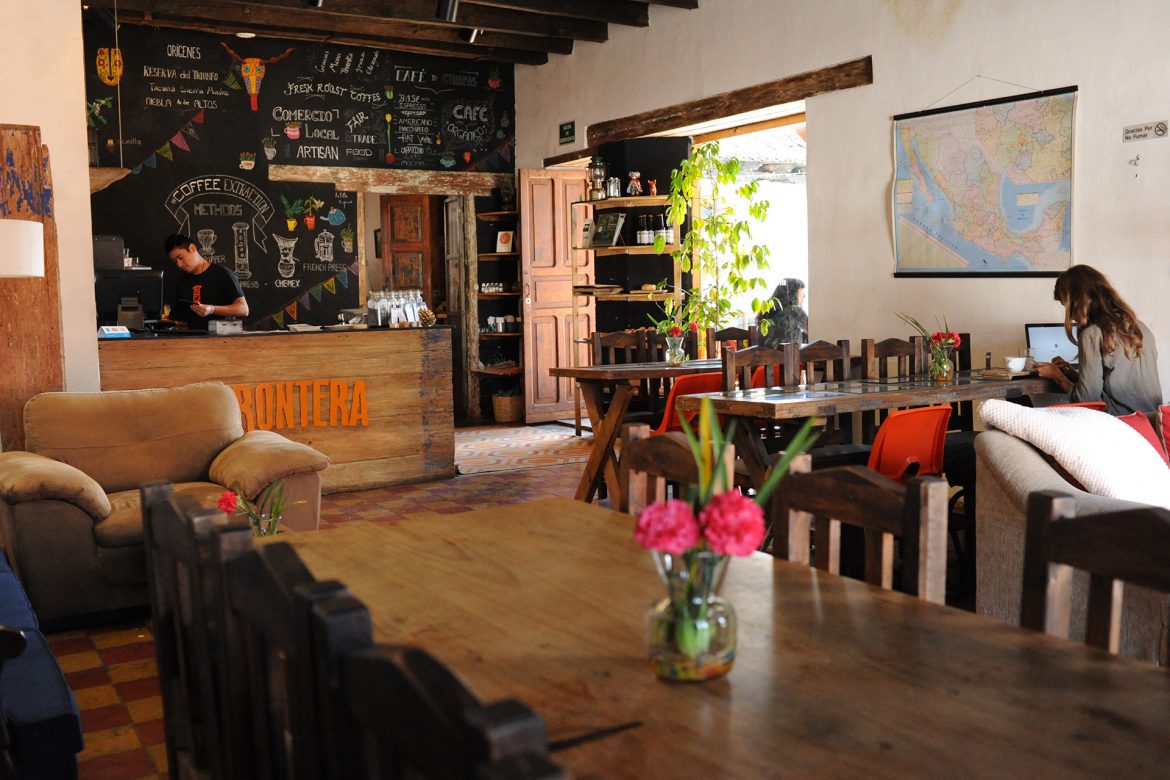
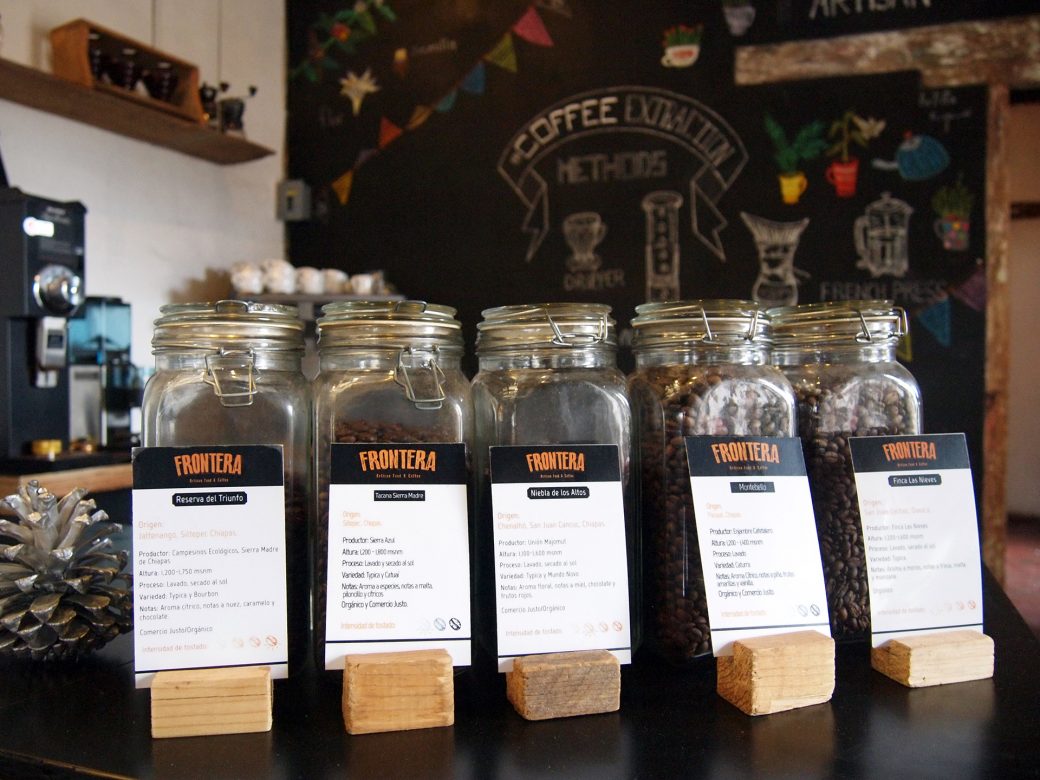
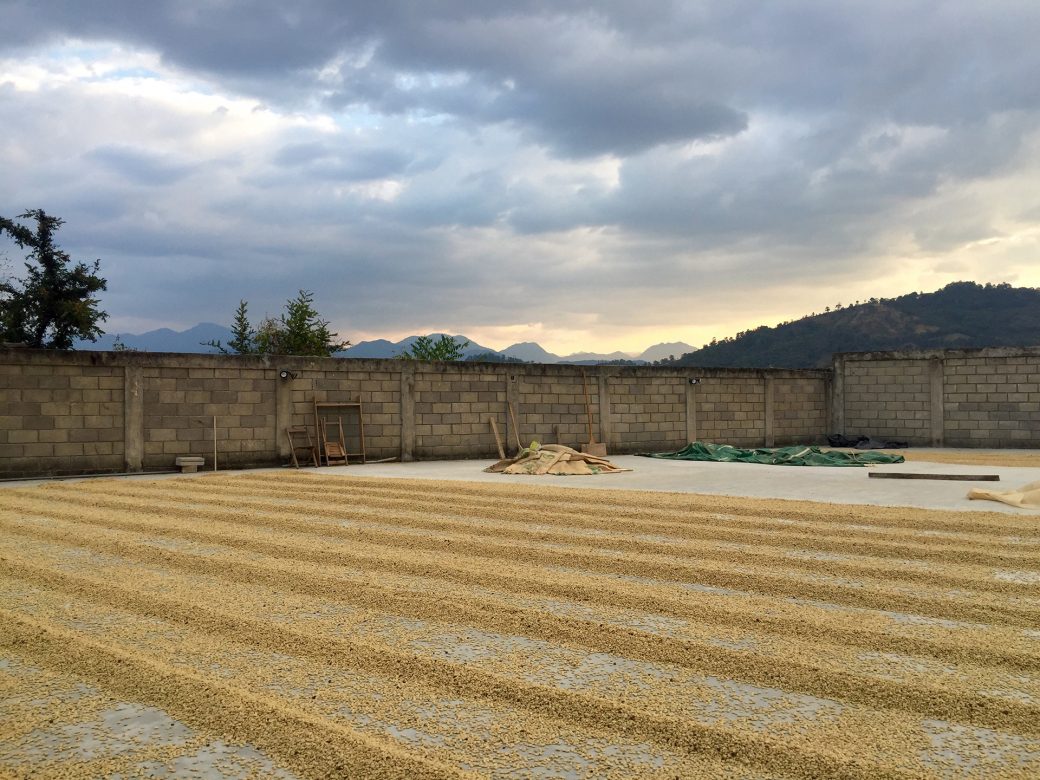
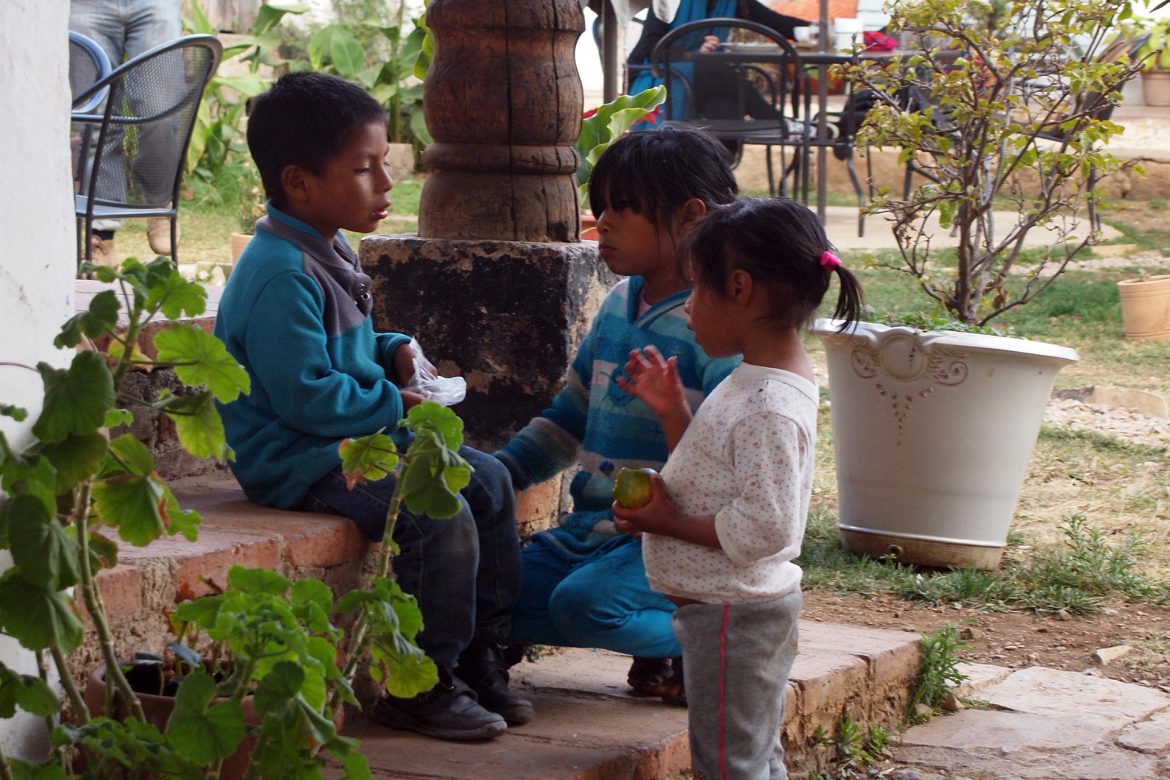
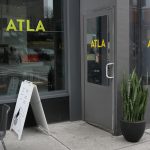
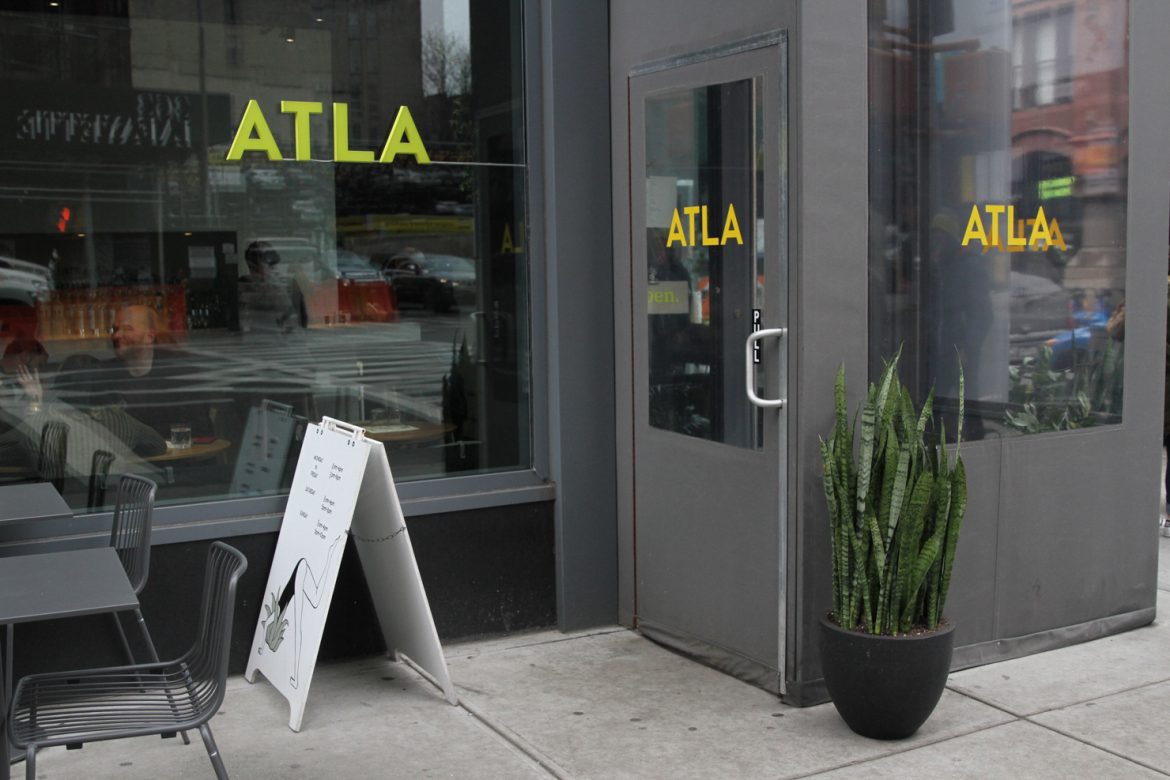
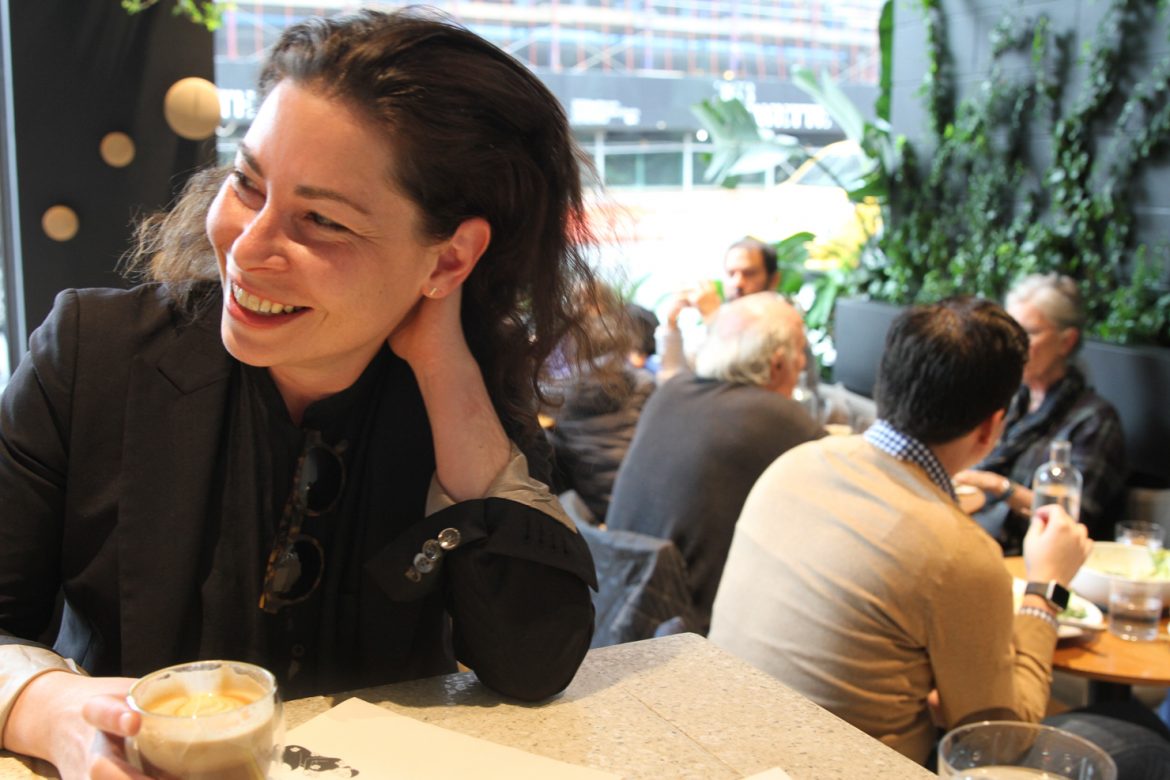
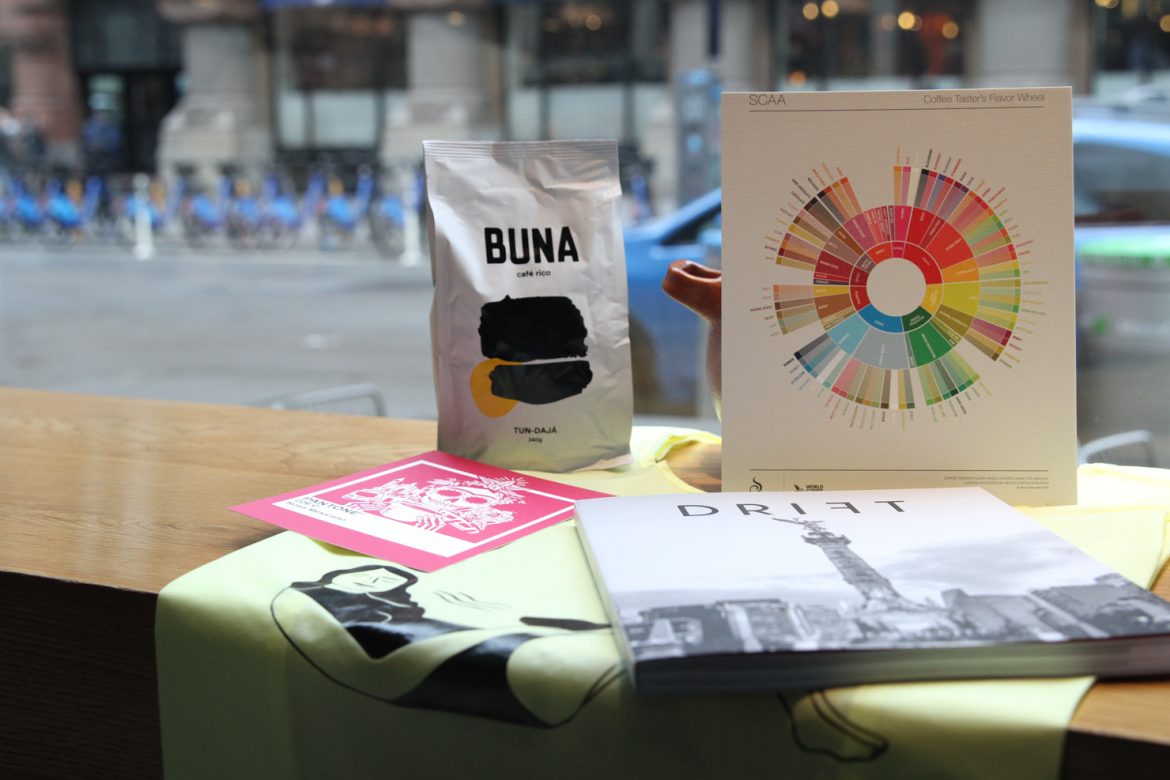
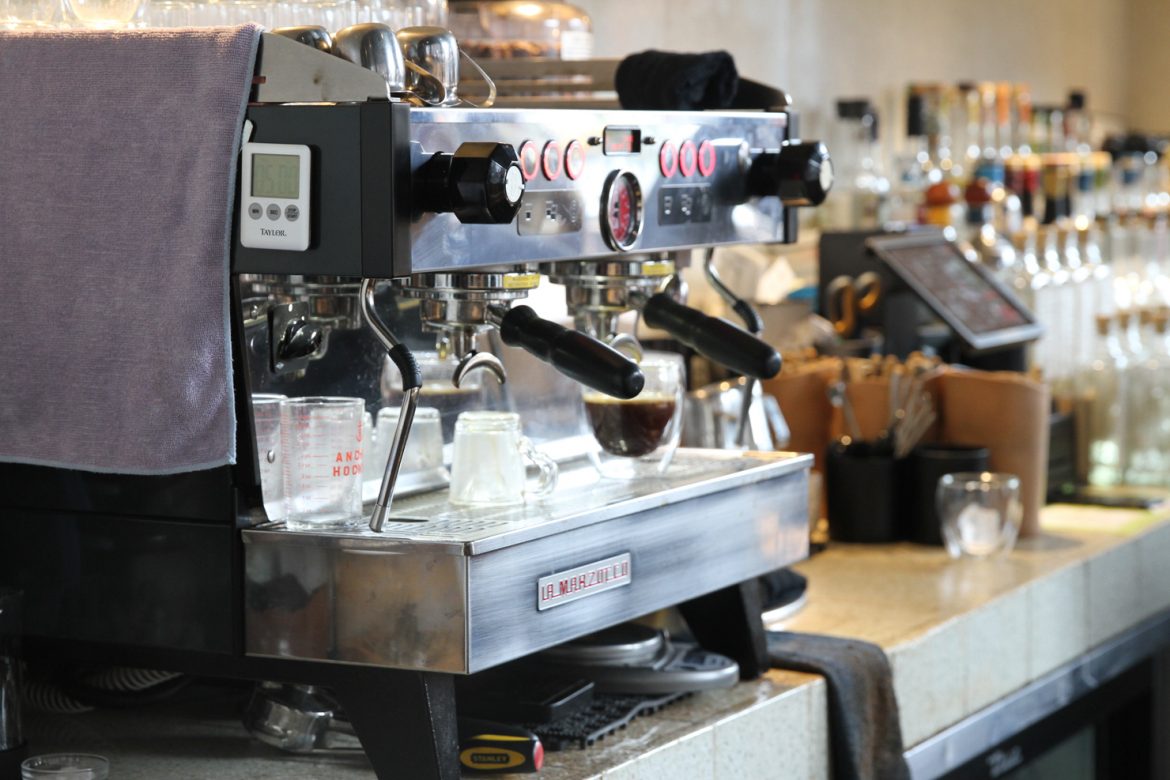
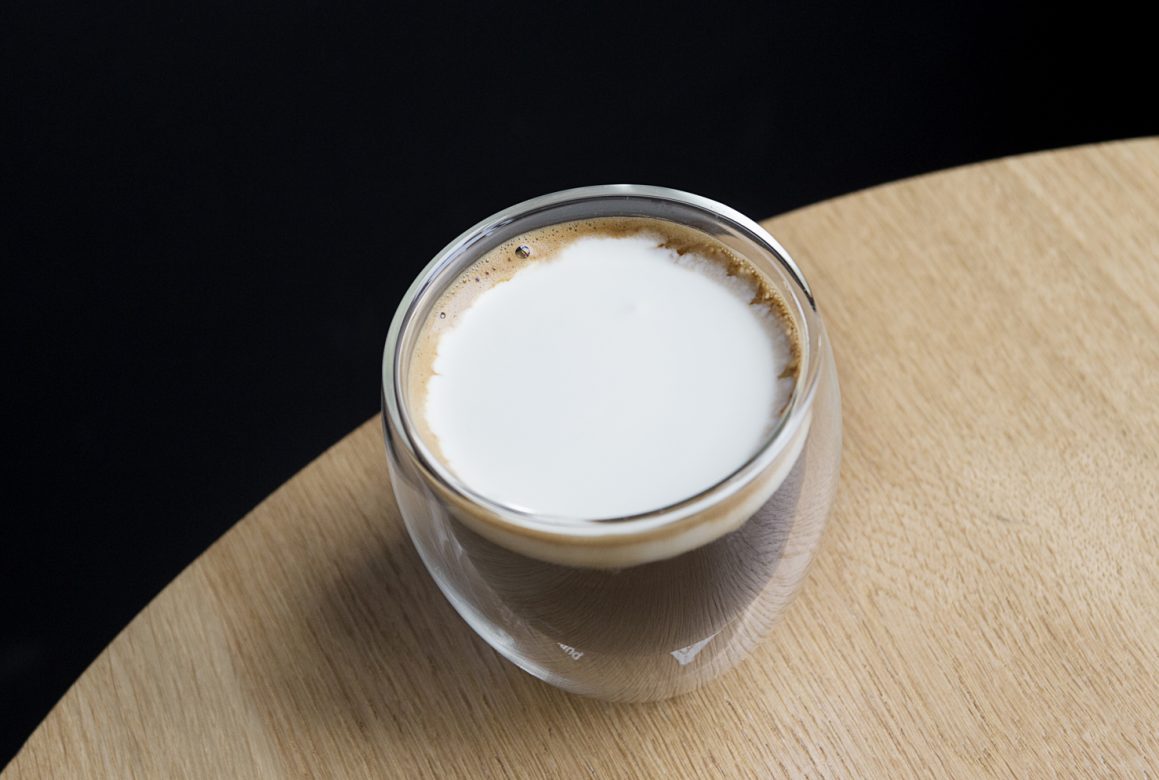
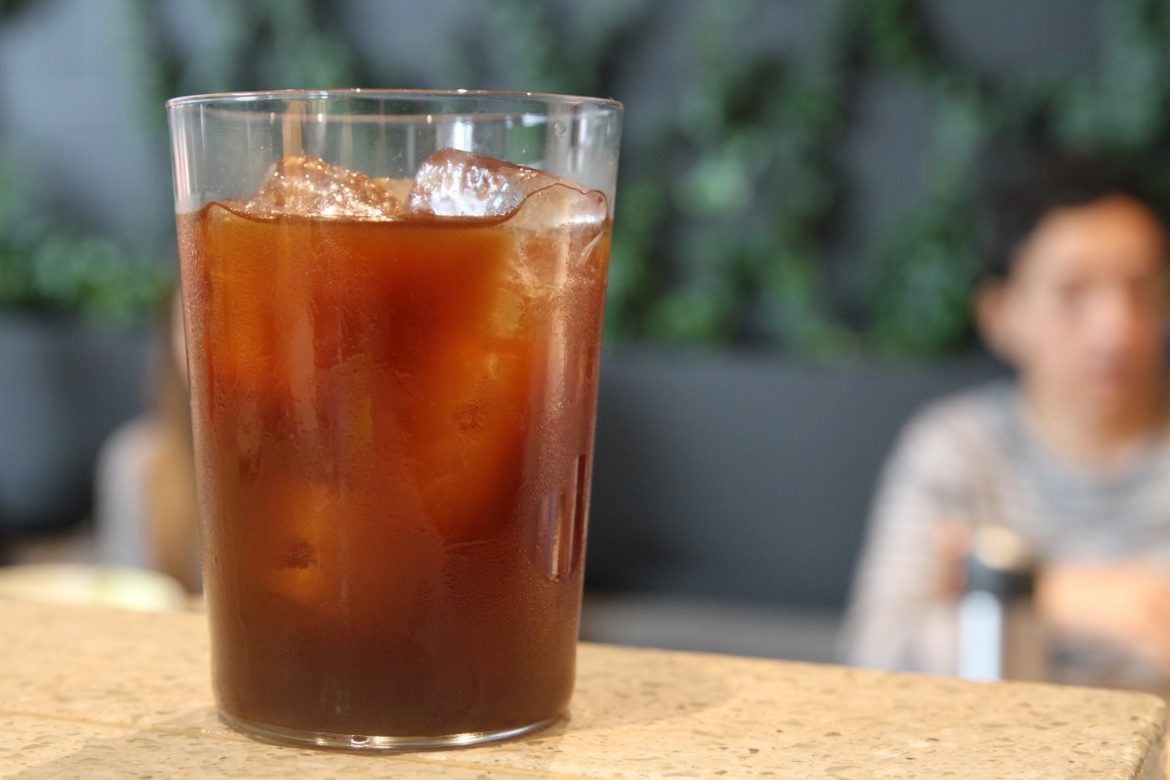

 Natural processed coffee being dried at a farm in the south of Minas Gerais, Brazil. Credit:
Natural processed coffee being dried at a farm in the south of Minas Gerais, Brazil. Credit:












